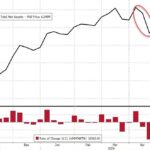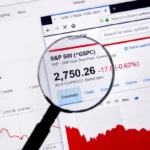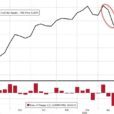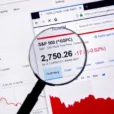
The Eurozone economy is gaining momentum, with contributions from most of the 19 nations. However, economists and experts indicate that growth seems to have peaked and expressed concern regarding a slowdown in the near-term. Against this backdrop, let’s consider the market-moving indicators to look out for in September.

September 6: US Balance of Trade (July)
The US trade deficit narrowed to US$43.6 billion in June, from US$46.4 billion in May. The deficit was lower than market expectations of a US$45 billion gap, achieved mainly due to an increase in exports, and marked the lowest deficit since October 2016.
September 7: Eurozone GDP Growth Rate (Q2), Eurozone Interest Rate Decision
The Eurozone economy is estimated to have expanded 2.2% in the quarter ended June 2017, up from the 1.9% recorded in the prior quarter. The interest rate is expected to remain unchanged. The benchmark rate has been at 0% and is not expected to be changed in the near term.
September 8: Germany Balance of Trade (July), UK Balance of Trade (July)
Germany’s trade surplus narrowed to €22.3 billion in June, from €24.5 billion in June 2016. Meanwhile, the UK’s trade deficit widened significantly by £2.0 billion in June to £4.56 billion. This represented the highest trade deficit since September 2016, with a surge in imports to a record high of £53.95 billion.
September 12: UK Inflation Rate (August)
The UK inflation rate was reported at 2.6% in July. The rate was the same in June and is expected to remain unchanged in August.
September 13: UK Unemployment Rate (July)
The UK’s unemployment rate fell to a new 42-year low of 4.4% in June, beating market expectations. The unemployment rate is widely expected to remain unchanged in July.
September 14: BoE Interest Rate Decision, US Inflation Rate (August)
The BoE (Bank of England) kept its benchmark bank rate at a record low of 0.25% at its August meeting. Policymakers expressed concern regarding sluggish growth in the economy in the near term. The bank rate is unlikely to be changed anytime soon. Meanwhile, US consumer prices rose 1.7% year-on-year in July, below market expectations of a 1.8% inflation rate, although coming in higher than the 1.6% reported in June.
















